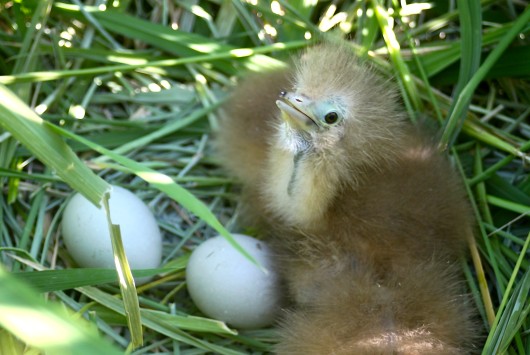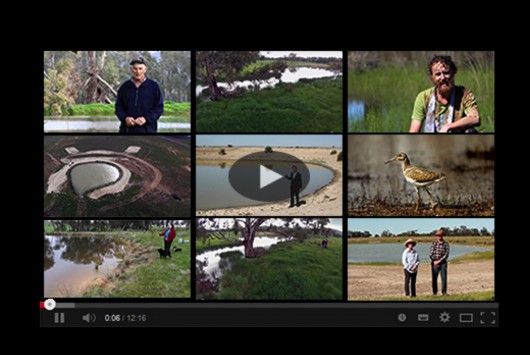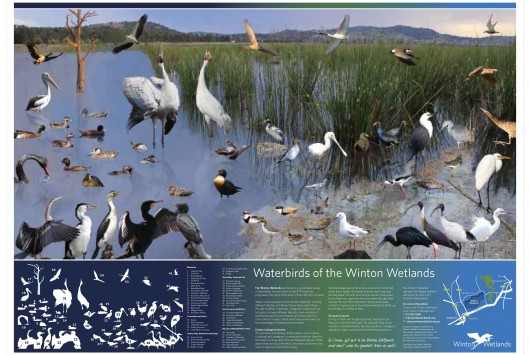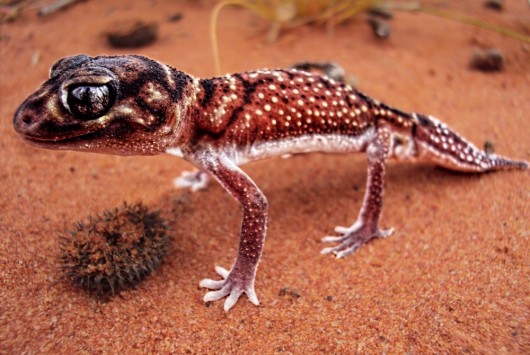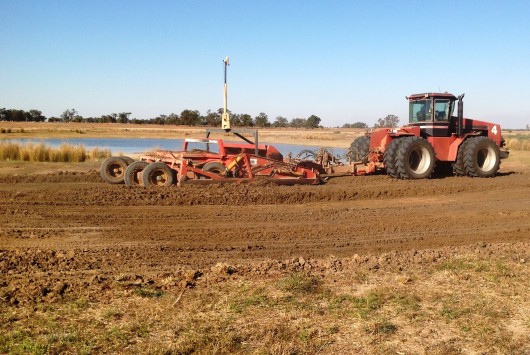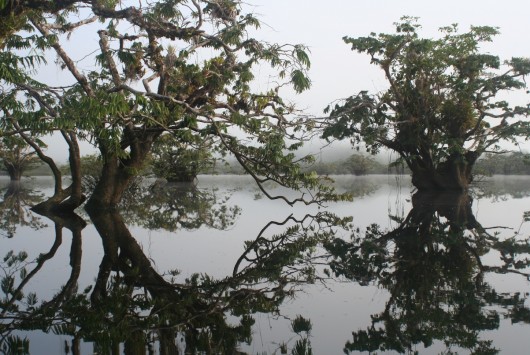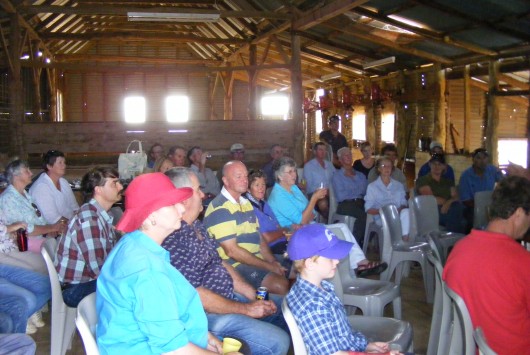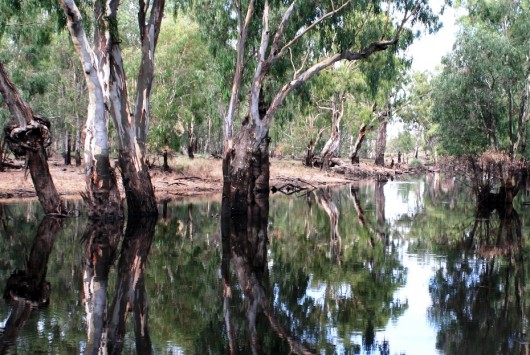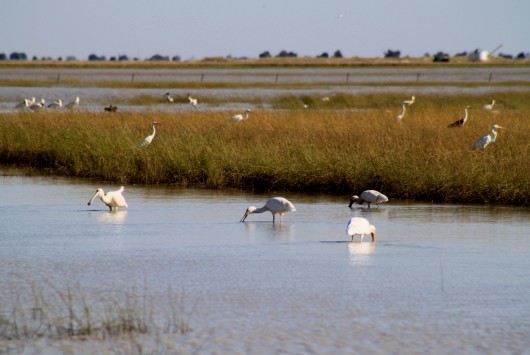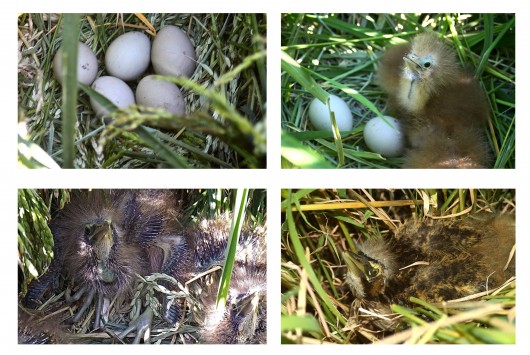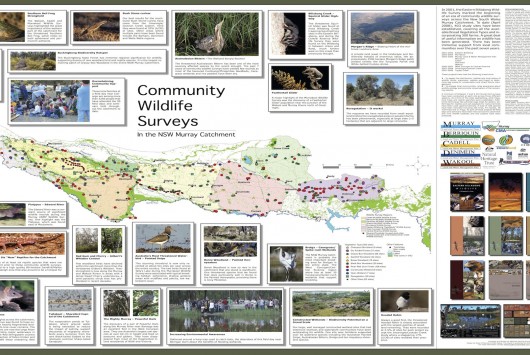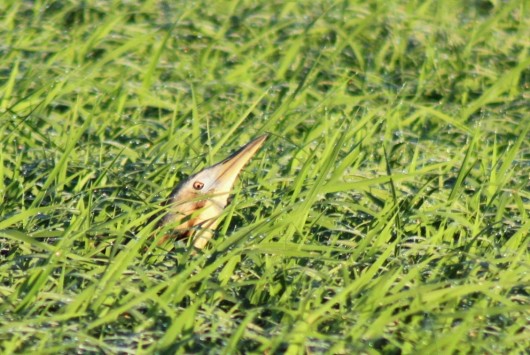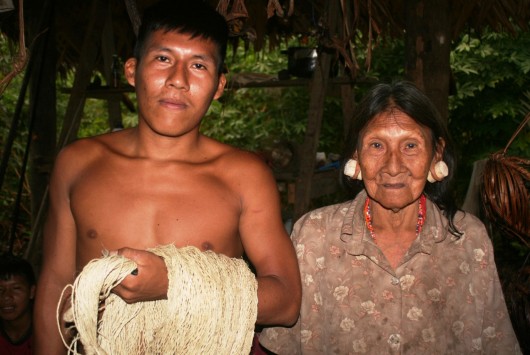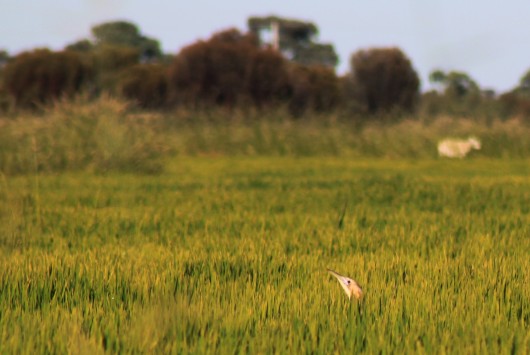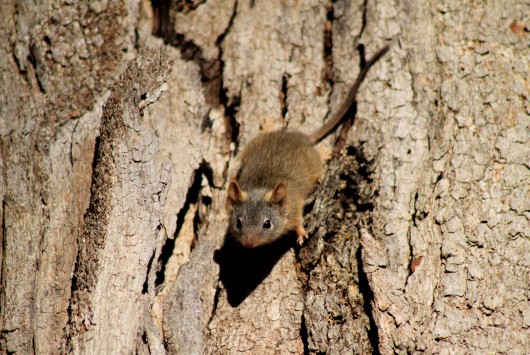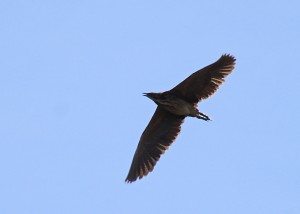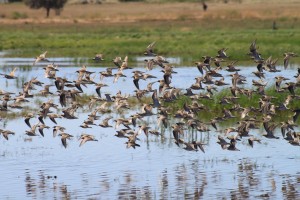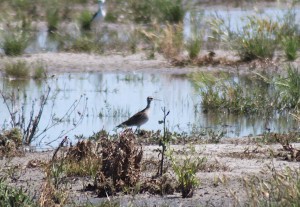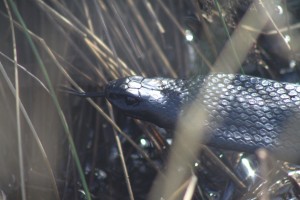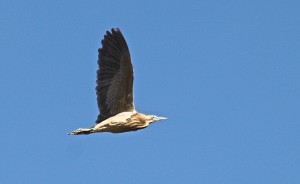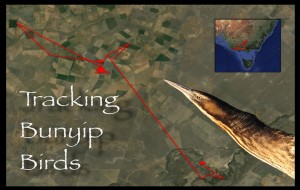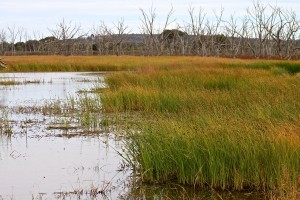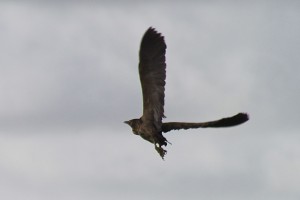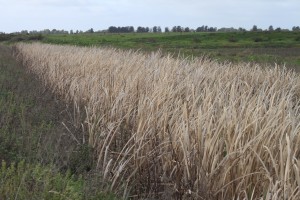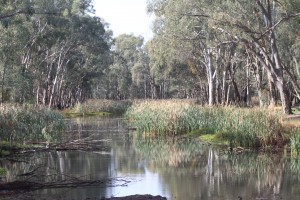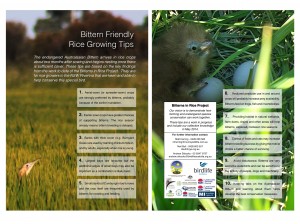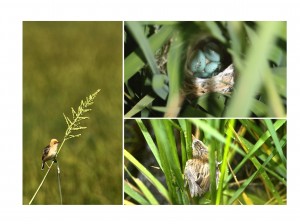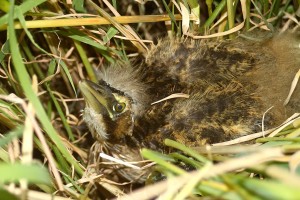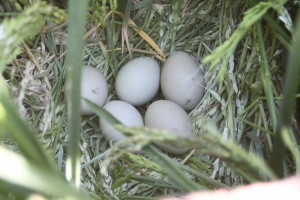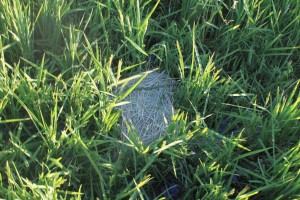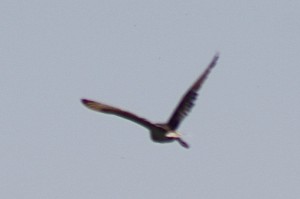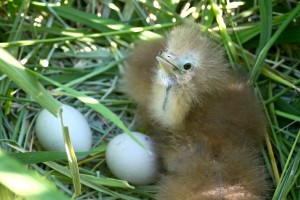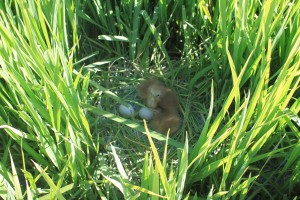Where do the bitterns go after rice harvest? Part 2
The plot thickens. Just when we thought we might be getting a handle on things, our latest survey results only raise more questions and these sneaky Australasian Bitterns seem as perplexing as ever. In six weeks or so, they’ll descend on the rice crops, from somewhere.
Yesterday we completed the second round of targeted surveys at wetlands in the Riverina that we think are the best candidates to support them outside of the rice season. They range from irrigation channels and dams, to waterways and large, internationally recognised Ramsar sites. You may recall that in June, shortly after harvest, we found 11 bitterns, highlighted by four at a well vegetated wetland near Griffith and four in a cumbungi-filled irrigation channel near Coleambally. Well, they’re not there now. They’ve moved, somewhere.
With only one bittern found after five days of walking through wetlands, and our tails firmly between our legs, we suddenly hit the jackpot yesterday morning – a minimum of 8 Australasian Bitterns, probably ten or more, spread throughout a small dam (approx. 4 ha) that supports patchy stands of cumbungi and rushes (see below). Intriguingly, there were none here in June when the water level was lower. A large wetland nearby has recently received environmental water so they may well be responding to that and feeding out there at night.
These latest results remind us why we are so keen to get a satellite tracking project up and going. In June, and just now, we may have found a handful of the missing birds but even these are clearly moving around the landscape during the non-breeding season. We’ve had three records in the past couple of weeks of bitterns using recently watered wheat and oat crops, further suggesting that some stick around, but all things considered, it does appear that a large proportion of the bitterns that use Riverina rice crops have left the region. We’ll be welcoming them back shortly, from somewhere. Our Tracking Bunyip Birds crowdfunding campaign now has over 200 supporters and $44 000 raised, but we only have six days to go and $6000 remaining to reach our required target. It’s nail-biting stuff.
Lastly, speaking of responses to environmental water, it was wonderful to see hundreds of Sharp-tailed Sandpipers (above left) using freshly flooded shallows. During the week we saw three other sandpiper species that breed in the northern hemisphere, and there were also Latham’s (Japanese) Snipe but the big highlight was stumbling upon a Little Curlew (above right), a real rarity in the Riverina. There were also the shorebirds that breed here in Australia, like Red-necked Avocets and Black-winged Stilts, in their hundreds, along with good numbers of Glossy Ibis, Whiskered Tern, Baillon’s Crake, Spotted Crake and various other waterbird delights. Lots of frogs and snakes too!
Special thanks to the Riverina Local Land Services for funding these wetland surveys, and to Nathan Smith, trusty assistant bittern botherer.


